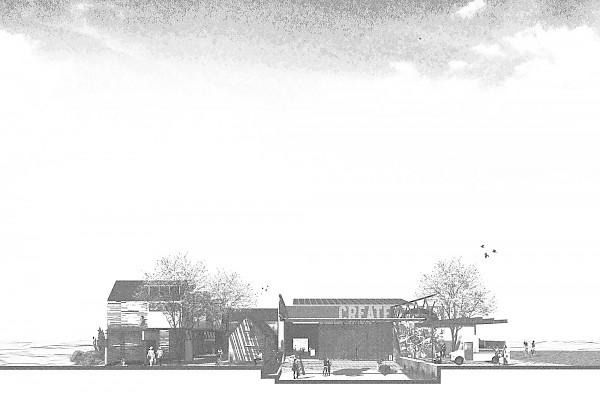HG Wells famously said that people are in a race between catastrophe on one side and education on the other. OXFAM reports the simultaneous breach of the environmental ceiling for a safe and just space for humanity to inhabit through biodiversity loss, climate change, destabilized nitrogen/ phosphorous cycles, while it simultaneously records the failure of social institutions to answer the global need for water, food, energy, income, equality and education. As more than 50% of the world’s population moves into cities, this workshop presents methods for greening 'the skin of the earth' from individual dwellings, to school campuses to healthy cities. CPS Middle school students will propose green infrastructure place making in cities at three scales adding sustainable practices to their homes, schools and neighborhoods.
Healthy cities engage citizens of all ages, including children, when asking questions and changing old habits into new ones. (Lerner, 2012). Moody's 1911 Wacker Manual Municipal Economies introduced the city of Chicago as a studio for every CPS child to find his or her own place to contribute. As the world population moves into urban areas, the process of shifting from instruction to discovery, 21st century-built environment education looks at and learns from socially-constructed places. Green schools that approach the environment as a priority across their facilities, campuses and communities lead to cities that more actively engage their populations with sustainable practices than other schools do. (GSNN, 2008). While Chicago has been recognized as a leader in the global green movement, its schools remain underdeveloped places. Chicago architects and artists team with the Chicago Chapter American Institute of Architects and The School of the Art Institute of Chicago to put CPS middle school students as drivers of greener homes and schools for a more sustainable Chicago. This workshop empowers CPS middle school students as future leaders to actively 'green' homes, schools, school campuses. It involves building cities (small, medium and large) and strategically proposing and presenting ideas for changes to the buildings and to public spaces.
Additional Partners: STUDIO1032 Architecture & Environmental Design ; NEXT.cc




